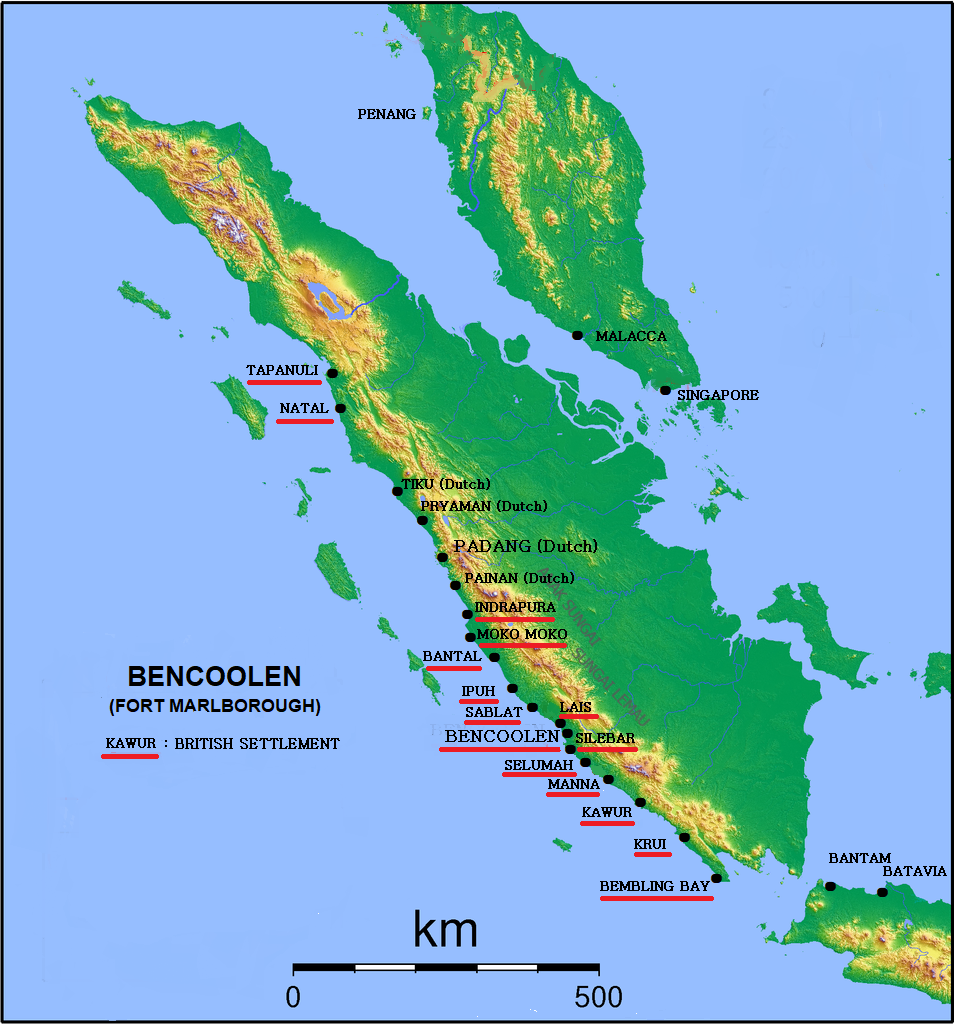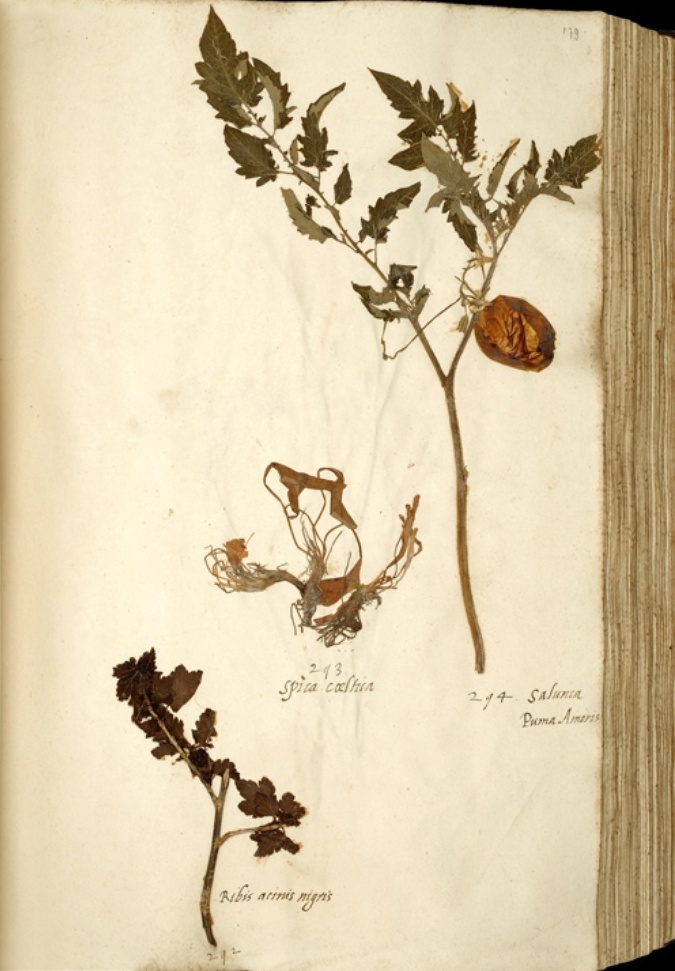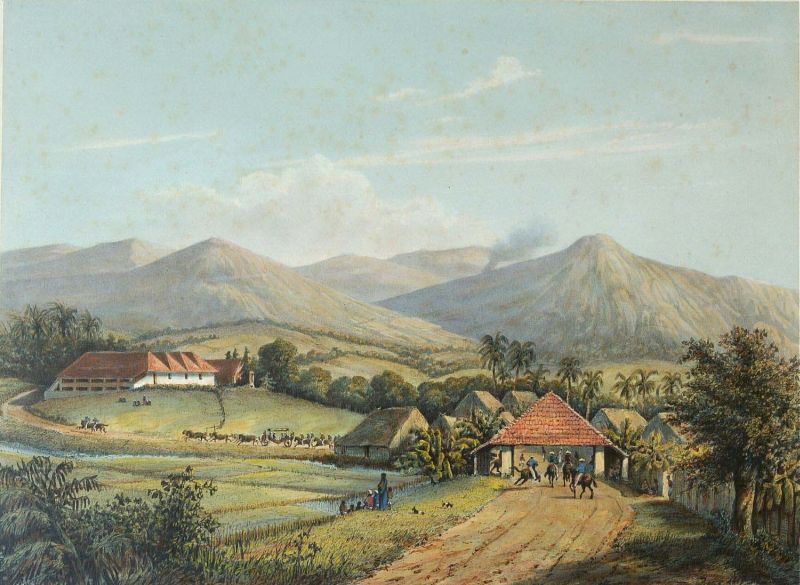|
Rafflesia Arnoldii
''Rafflesia arnoldii'', the corpse flower, or giant padma, Its local name is Petimum Sikinlili. It is a species of flowering plant in the parasitic genus '' Rafflesia'' within the family Rafflesiaceae. It is noted for producing the largest individual flower on Earth. It has a strong and unpleasant odor of decaying flesh. It is native to the rainforests of Sumatra and Borneo. Although there are some plants with larger flowering organs like the titan arum ('' Amorphophallus titanum'') and talipot palm ('' Corypha umbraculifera''), those are technically clusters of many flowers. ''Rafflesia arnoldii'' is one of the three national flowers in Indonesia, the other two being the white jasmine ('' Jasminum sambac'') and moon orchid ('' Phalaenopsis amabilis''). It was officially recognized as a national "rare flower" () in Presidential Decree No. 4 in 1993. Taxonomy The first European to find ''Rafflesia'' was the ill-fated French explorer Louis Auguste Deschamps. He was a member ... [...More Info...] [...Related Items...] OR: [Wikipedia] [Google] [Baidu] |
Robert Brown (botanist, Born 1773)
Robert Brown (21 December 1773 – 10 June 1858) was a Scottish botanist and paleobotanist who made important contributions to botany largely through his pioneering use of the microscope. His contributions include one of the earliest detailed descriptions of the cell nucleus and cytoplasmic streaming; the observation of Brownian motion; early work on plant pollination and fertilisation, including being the first to recognise the fundamental difference between gymnosperms and angiosperms; and some of the earliest studies in palynology. He also made numerous contributions to plant taxonomy, notably erecting a number of plant families that are still accepted today; and numerous Australian plant genera and species, the fruit of his exploration of that continent with Matthew Flinders. Early life Robert Brown was born in Montrose, Scotland on 21 December 1773, in a house that existed on the site where Montrose Library currently stands. He was the son of James Brown, a ... [...More Info...] [...Related Items...] OR: [Wikipedia] [Google] [Baidu] |
Jasminum Sambac
''Jasminum sambac'' (Arabian jasmine or Sambac jasmine) is a species of jasmine native to Bhutan and India. It is cultivated in many places, especially West Asia, South Asia and Southeast Asia. It is naturalised in many scattered locales: Mauritius, Madagascar, the Maldives, Christmas Island, Chiapas, Central America, southern Florida, the Bahamas, Cuba, Hispaniola, Jamaica, Puerto Rico, and the Lesser Antilles. ''Jasminum sambac'' is a small shrub or vine growing up to in height. It is widely cultivated for its attractive and sweetly fragrant flowers. The flowers may be used as a fragrant ingredient in perfumes and jasmine tea. It is the national flower of the Philippines, where it is known as ''sampaguita'', as well as being one of the three List of Indonesian floral emblems, national flowers of Indonesia, where it is known as ''melati putih''. Description ''Jasminum sambac'' is an evergreen vine or shrub reaching up to tall. The species is highly variable, possibly a resu ... [...More Info...] [...Related Items...] OR: [Wikipedia] [Google] [Baidu] |
Bengkulu
Bengkulu (), historically known as Bencoolen, is a province of Indonesia. It is located on the southwest coast of Sumatra. It was formed on 18 November 1968 by separating out the area of the historic Bencoolen Residency from the province of South Sumatra under Law No. 9 of 1967 and was finalized by Government Regulation No. 20 of 1968. Spread over 20,181.53 km2, its land area is comparable to the European country of Slovenia and it is bordered by the provinces of West Sumatra to the north, Jambi to the northeast, Lampung to the southeast, and South Sumatra to the east, and by the Indian Ocean to the northwest, south, southwest, and west. Bengkulu is the 28th largest province by area; it is divided into nine regencies and the city of Bengkulu, the capital and the only independent city. Bengkulu is also the 26th largest province by population in Indonesia, with 1,715,518 inhabitants at the 2010 CensusBiro Pusat Statistik, Jakarta, 2011. and 2,010,670 at the 2020 Census;B ... [...More Info...] [...Related Items...] OR: [Wikipedia] [Google] [Baidu] |
British Bencoolen
British Bencoolen, variously known during its existence as Fort York, Fort Marlborough, Bencoolen, Benkulu, or "the West Coast", was a possession of the British East India Company (EIC) extending nearly 500 miles (800 km) along the southwestern coast of Sumatra and centered on the area of what is now Bengkulu City. The EIC established a presence there in 1685, and in 1714 it built Fort Marlborough there. The United Kingdom ceded Bencoolen to the Netherlands in 1824. Establishment and early development It was a fatall and never enough to be repented errour of our President and Council of Fort St. George adrasto break all our orders for a settlement at Pryaman upon a caprice of their owne to send our ships, spend our strength, our money and soe many men's lives upon settlement at such an unhealthful place as Bencoolen, because they hear there was more pepper there. In 1683, following the forcible closing of their factory at Bantam in Java and under the likelihood of being turn ... [...More Info...] [...Related Items...] OR: [Wikipedia] [Google] [Baidu] |
Joseph Arnold
Joseph Arnold (28 December 1782 – 26 July 1818 in Padang, Sumatra, Netherlands East Indies) was a naval surgeon and naturalist. He was the first to bring to notice to English botany, the parasitic plant with one of the world's largest flowers, ''Rafflesia arnoldii'', which was named after him posthumously. His specimen collection is in the museum of the Linnean Society. Born in Beccles, Suffolk, the fourth son of Edward Arnold, a tanner and Hannah (d. 1786). He was schooled at John Leman's Free School and at the age of sixteen apprenticed to apothecary William Crowfoot. Arnold learned surgery in Edinburgh and received an MD in 1806. with a thesis on ''De Hydrothorace'' also known as dropsy of the chest. He joined the Royal Navy and was posted assistant surgeon on HMS ''Victory'' from April 1808 to February 1809. After recovering from typhus at Portsmouth, he was posted as surgeon on HMS ''Hindostan''. This sailed to Sydney via the Cape of Good Hope and returned Cape Horn ... [...More Info...] [...Related Items...] OR: [Wikipedia] [Google] [Baidu] |
Natural History Museum, London
The Natural History Museum in London is a museum that exhibits a vast range of specimens from various segments of natural history. It is one of three major museums on Exhibition Road in South Kensington, the others being the Science Museum (London), Science Museum and the Victoria and Albert Museum. The Natural History Museum's main frontage, however, is on Cromwell Road. The museum is home to life and earth science specimens comprising some 80 million items within five main collections: botany, entomology, mineralogy, palaeontology and zoology. The museum is a centre of research specialising in Taxonomy (biology), taxonomy, identification and conservation. Given the age of the institution, many of the collections have great historical as well as scientific value, such as specimens collected by Charles Darwin. The museum is particularly famous for its exhibition of dinosaur skeletons and ornate architecture—sometimes dubbed a ''cathedral of nature''—both exemplified by the ... [...More Info...] [...Related Items...] OR: [Wikipedia] [Google] [Baidu] |
Joseph Banks
Sir Joseph Banks, 1st Baronet, (19 June 1820) was an English Natural history, naturalist, botanist, and patron of the natural sciences. Banks made his name on the European and American voyages of scientific exploration, 1766 natural-history expedition to Newfoundland and Labrador. He took part in Captain James Cook's First voyage of James Cook, first great voyage (1768–1771), visiting Brazil, Tahiti, and after 6 months in New Zealand, Australia, returning to immediate fame. He held the position of president of the Royal Society for over 41 years. He advised King George III on the Royal Botanic Gardens, Kew, sending botanists around the world to Botanical expedition, collect plants, he made Kew the world's leading botanical garden. He is credited for bringing 30,000 plant specimens home with him; amongst them, he was the first European to document 1,400. Banks advocated Colony of New South Wales, British settlement in New South Wales and the colonisation of Australia, as wel ... [...More Info...] [...Related Items...] OR: [Wikipedia] [Google] [Baidu] |
Flora Malesiana
''Flora Malesiana'' is a multi-volume flora describing the vascular plants of Malesia (the biogeographical region consisting of Indonesia, Malaysia, Singapore, Brunei, the Philippines, and Papua New Guinea), published by the National Herbarium of the Netherlands since 1950. It currently consists of 204 full treatments, covering about 20% of a total of approximately 40,000 species. Main series ''Flora Malesiana'' is divided into two main series: ''I. Seed plants'' and ''II. Pteridophytes''. Later volumes include CD-ROMs with additional multimedia content such as interactive keys. Series I. Seed Plants Currently, the following volumes have been published in Series I. Seed Plants: *Volume 1 – Malesian Plant Collectors *Volume 2 & 3 – not published. *Volume 4 (1954) – Revisions: Aceraceae, Actinidiaceae sens.str., Aizoaceae, Amaranthaceae, Ancistrocladaceae, Aponogetonaceae, Bixaceae sens.str., Burmanniaceae, Callitrichaceae, Cannabinaceae, Caprifoliaceae, Ceratophyllaceae, Chen ... [...More Info...] [...Related Items...] OR: [Wikipedia] [Google] [Baidu] |
Hortus Botanicus Leiden
The Hortus botanicus of Leiden is the oldest botanical garden of the Netherlands, and one of the oldest in the world. It is located in the southwestern part of the historical centre of the city, between the Academy building and the old Leiden Observatory building. History In 1587 the young University of Leiden asked for permission from the mayor of Leiden to establish a ''hortus academicus'' behind the university building, for the benefit of the medical students. The request was granted in 1590, and the famous botanist Carolus Clusius (1526–1609) was appointed as prefect. Clusius arrived in Leiden in 1593. His knowledge, reputation, and international contacts allowed him to set up a very extensive plant collection. Clusius also urged the Dutch East India Company (VOC) to collect plants and (dried) plant specimens in the colonies. The original garden set up by Clusius was small (about 35 by 40 meters), but contained more than 1000 different plants. The collecting of tropic ... [...More Info...] [...Related Items...] OR: [Wikipedia] [Google] [Baidu] |
Rafflesia Patma
''Rafflesia patma'' is a parasitic plant species of the genus ''Rafflesia''. It is only known to grow on the Indonesian island of Java, although it may have occurred on Sumatra in the past (and may still occur there). Like other species in its genus, this plant has no leaves, stems, roots or chlorophyll, instead stealing all its nutrition from '' Tetrastigma lanceolaurium'', a rainforest liana. The anatomy of this plant has devolved into mycelium-like strands of cells infecting the internal vascular system of its host. The species' five-lobed flowers measure 30 to 60 cm across, and stink with the odour of rotting flesh. This stench attracts mostly female carrion flies searching for a place to lay their eggs. When they fly inside the large pot-like structure in the middle of the flower, they find a central column inside, topped with a wart-covered disc-like plate; under the rim of this plate they find a small crevice, into which they crawl believing they have found an opening ... [...More Info...] [...Related Items...] OR: [Wikipedia] [Google] [Baidu] |
Plant Collection
Plant collecting is the acquisition of plant specimens for the purposes of research, cultivation, or as a hobby. Plant specimens may be kept alive, but are more commonly dried and pressed to preserve the quality of the specimen. Plant collecting is an ancient practice with records of a Chinese botanist collecting roses over 5000 years ago. Herbaria are collections of preserved plants samples and their associated data for scientific purposes. The largest herbarium in the world exist at the Muséum National d'Histoire Naturelle, in Paris, France. Plant samples in herbaria typically include a reference sheet with information about the plant and details of collection. This detailed and organized system of filing provides horticulturist and other researchers alike with a way to find information about a certain plant, and a way to add new information to an existing plant sample file. The collection of live plant specimens from the wild, sometimes referred to as plant hunting, is an ... [...More Info...] [...Related Items...] OR: [Wikipedia] [Google] [Baidu] |
Java
Java is one of the Greater Sunda Islands in Indonesia. It is bordered by the Indian Ocean to the south and the Java Sea (a part of Pacific Ocean) to the north. With a population of 156.9 million people (including Madura) in mid 2024, projected to rise to 158 million at mid 2025, Java is the world's List of islands by population, most populous island, home to approximately 55.7% of the Demographics of Indonesia, Indonesian population (only approximately 44.3% of Indonesian population live outside Java). Indonesia's capital city, Jakarta, is on Java's northwestern coast. Many of the best known events in Indonesian history took place on Java. It was the centre of powerful Hindu-Buddhist empires, the Islamic sultanates, and the core of the colonial Dutch East Indies. Java was also the center of the History of Indonesia, Indonesian struggle for independence during the 1930s and 1940s. Java dominates Indonesia politically, economically and culturally. Four of Indonesia's eig ... [...More Info...] [...Related Items...] OR: [Wikipedia] [Google] [Baidu] |






